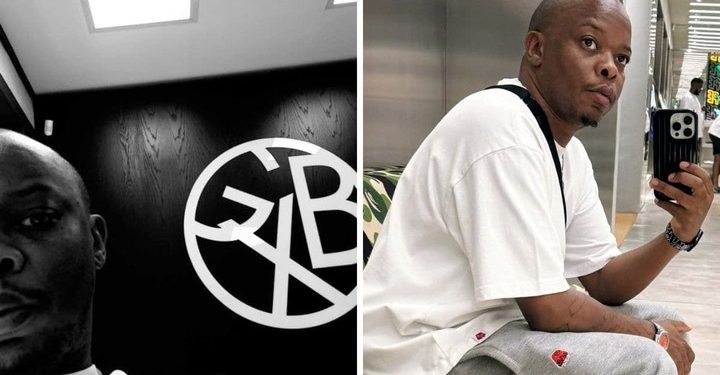South African streetwear designer Thatiso Dube, founder of GALXBOY, has weighed in on the viral social media discussion exposing how many luxury brands manufacture their products in China. This comes amid ongoing criticism that his own brand sources designs from Chinese factories.
The debate resurfaced as tensions escalate in the US-China trade war, with former US President Donald Trump imposing steep tariffs on Chinese imports. Chinese merchants have retaliated by revealing that high-end brands like Gucci and Louis Vuitton produce goods in China—and are now offering them directly to consumers at lower prices, cutting out Western middlemen.
Dube’s Reaction to the Backlash
Dube, whose brand has faced accusations of “white labelling” (rebranding mass-produced Chinese goods), engaged with the discourse on social media. He shared memes mocking the trade war and posts criticizing luxury brands for their inflated markups.
This follows previous controversy where GALXBOY and business partner DJ Zinhle were called out for allegedly selling overpriced, rebranded Chinese merchandise. A recent TikTok video even showcased a Chinese factory producing GALXBOY’s designs.
Understanding White Labelling
White labelling is a common practice where businesses purchase bulk-produced items from manufacturers (often overseas) and rebrand them as their own. Many small and large companies use this model because it is:
- Cost-effective – Lower production costs lead to higher profit margins.
- Faster – Eliminates the need for in-house manufacturing.
- Flexible – Allows customization for specific markets.
- Lower risk – Reduces quality control burdens.
While critics argue that GALXBOY’s designs closely resemble high-end brands like Gucci, supporters note that white labelling is a standard business strategy. The debate continues over whether such practices are smart entrepreneurship or misleading to consumers.
As the conversation around global manufacturing and branding transparency grows, Dube’s response highlights the complexities of modern retail—where the line between originality and rebranding is increasingly blurred.






















